People
Manuel Rodriguez: From the Pages of a Printmaker’s Mind
It is very difficult to put 99 years on paper. For one, you don’t get to meet a 99-year-old man everyday. Also, not every 99-year old you meet happens to be an artist.

It is very difficult to put 99 years on paper. For one, you don’t get to meet a 99-year-old man everyday. Also, not every 99-year old you meet happens to be an artist.

The 99-year-old man I met at 856 G Gallery last March happened to be an artist, and not just any artist—he is the Father of Philippine Printmaking, Manuel Rodriguez, Sr. Along with my students who came with me then, I knew, therefore, that the opportunity of being with him and learning from him might not present itself again. Encountering a person who is almost a century old is very humbling. It is like opening the book of his personal experience; going through the pages, you grow all the wiser.
Manuel Rodriguez had first discovered his talent in the arts one particular afternoon in his childhood in Cebu. Playing in a churchyard, he picked up a piece of limestone and began to draw on the church wall. He drew a face that seemed to return a smile at him. Thinking that it was a simple gift of chance, he drew another face, and then another… and the rest was etched in history.

In September of 1935, in a move that many had told him to be a jump into uncertainty, Rodriguez left Cebu on a steamboat for Manila. On his meager savings, he was able to enroll himself at the University of the Philippines (UP) School of Fine Arts.
College life was tough, he recalled, but his heart was just as tough—enough to withstand the difficulties that came his way. From where he stayed, he often walked to the campus. He would skip lunch so he could buy art materials. Maintaining a scholarship, he got excellent grades and, in 1939, graduated at the top of his class. He was one of the 15 (out of their original batch of 50) who graduated that year.
The year 1939 also saw Rodriguez’s introduction to the world of printmaking, when Hans Adolf Heimann invited him to his serigraphy class in UP. Initially a painter, Rodriguez continually experimented with materials and processes since then and, in the 1950s, finally focused on printmaking.
For a time, Rodriguez was criticized for persisting in an art form that was already considered “dead” by others. But especially after learning more from a scholarship on printmaking in New York in the 1960s, he shared what he knew with younger artists back in the Philippines (particularly at the Phil. Women’s University and the Contemporary Arts Gallery in Manila), conducting workshops among them, improvising machines, and developing techniques, thus reviving the interest in and pioneering the phenomenal growth of printmaking in the country. In 1968, he founded the Philippine Association of Printmakers. His prints were the first ones done by a Filipino to be part of international biennial exhibitions abroad. He eventually received numerous accolades for his contributions to the field and to the national consciousness, and became recognized as the “Father of Philippine Printmaking.”
Indeed, keeping an art form alive is not just a matter of opening art galleries and filling them with patrons. In my stint as an art instructor, I have realized that it also means grabbing hold of the generations to come, keeping them involved and in full interaction with the—excuse me for the words but please consider it a privilege to be labeled as such—older and more experienced generation. For as much as it seems straitlaced to do just that, not to do so would already be bordering moronic.

That evening of March 1, Rodriguez talked to my students with such passion for the future, he sounded like one who was planning to live forever. One challenge that he gave their generation was this: “You’re building on 99 years of history. When you’re at this age, you cannot satisfy yourself with what is not doubly great.”
It is a challenge that goes beyond the constant improvement of one’s talents, which should actually come as a sort of default setting for an artist. Unfortunately, many of the current generation of artists and students lack both mental and physical toughness. Compounding that further, we seem today to be a people living without any sense of urgency.

Students, for instance, have absented themselves from my classes by reason of a few inches of floodwater in their way. They could probably not imagine doing what Manuel Rodriguez had done in his college days: walking in waist-deep floodwater just so he could get to school.
Moreover, the technology we have in our hands provides us with a multitude of conveniences that may not be actually working for us. I’ve read my share of student “essays” copied straight from Wikipedia, for example. I’ve had my share of talented students who relied too much on their perceived personal capabilities; they showed up only on the first and last days of their classes with me. At such a young age, many have chosen to rest on their accomplishments and so are putting little effort in improving themselves, much less in looking forward.

But Manuel Rodriguez is one man who does not rest on his laurels. Even at 99, he sounds like he is expecting to accomplish so much more with his art and with his life. In that hour-and-a-half interview at the gallery, he said, “How would one explore the unexplored colors of the universe? More difficult would be capturing them all and presenting them again on canvas.” How I wish I could pry into his inner world and figure that out, too.
As a printmaker, an artist creates an image that is then transferred onto paper. In what may seem like a cross between traditional art and modern-day mass production, the printmaker may limit the number of copies he produces of each masterpiece and thereby further its value. Rodriguez’s exhibit at the 856 G Gallery on A.S. Fortuna starting last February was a feast for the eyes: a collection of his prints and paintings, the price tags for which could only leave me jolted in silence.
Nonetheless, my own eyes were drawn to the horses in his prints—how gracefully their lines came together, creating dynamic yet calming movements. They were in black and white, the gradations filling the spaces between the two values. The series, entitled “Polo,” was created in 1978 in New York. As in all his other works in the gallery, Rodriguez has shown his lifelong romance with texture, in the same way that other artists might pursue lines, shapes, and colors instead. For him, however, it is texture that has “the feel of life.”

A person can stand before the prints and, with the luxury of time, separate one line from another, mulling over the process of its creation, considering how the minuscule variations in line thickness and form can present themselves in a plethora of possibilities. There is, after all, in us, an innate and almost primeval need to stand before a thing of beauty and dissect its reason for being. Going through the works of art in this exhibit, however, my mind could not help but drift back to the one who had made them with such mastery and whom they, in their varied ways, reflect.
An African proverb goes like this: “When an old man dies, a library burns down.” And that is why stories from the wizened elderly are always interesting. But while some 80-year-olds start to write the end of their books, Manuel Rodriguez, Sr. at 99 is still eyeing chapters that are yet to come.

With his kind of thinking, it is no wonder that the man remains in full jurisdiction of his inner world, his works of art, and his life as a whole. Mind you, he was fully capable of scaling a mean set of stairs when we met. Certainly, Manuel Rodriguez, Sr. is one library whose books I would never wish to put down.
- The paintings and prints of Manuel Rodriguez, Sr. are with 856 G Gallery in Business Walls, A.S. Fortuna St., Banilad, Mandaue City, until the month of July 2011. For further inquiries, call 344.3039 or email info@856ggallery.com.
- by Patricia Kyle Mendoza
Events
The First NUSTAR BALL

The NUSTAR Ballroom, a magnificent venue at the NUSTAR Resort and Casino in Cebu, sets the stage for last night’s first-ever NUSTAR Ball.

Black was the color of night at the Zee table.
Glamorous guests from Manila and Cebu converged at the NUSTAR Ballroom, an exquisite venue within the NUSTAR Resort and Casino in Cebu. The evening unfolded with a seated 5-course dinner. The opulent feast started with Beetroot Salmon Gravlax, adorned with caper berries, caviar, set with delicate edible flowers; and a main course of Compressed Pork Belly with Crackling Skin and Baby Scallops. Another highlight was the auction of coveted items like Dior and YSL handbags, a limited-edition Bulgari watch, and an exclusive 2-night stay in Nustar’s opulent 3-bedroom villa—complete with a private pool and a dedicated butler. The charity evening benefited the Cameleon Association, an NGO based in Iloilo City created in 1997 that developed a global approach to act on the causes and effects of sexual violence against children.

Nora Sol, Beth Go, Frances Siao and Marylou Ong

Ina Ronquillo, Maryanne Aboitiz and Jackie Lotzof

Designers Jun Escario and Philip Rodriguez

Philip Rodriguez with NUSTAR Malls two power ladies: May Adolfo and Joanna Salazar

Lana Osmeña with Mariquita Yeung

PJ Castillo and Kaye Abad with Cary Santiago

Drew Sarmiento with LV Manager Adrian Decuigan

Cary Santiago with Eva Gullas

Manila socialites Julie Boschi and Ching Cruz with June Alegrado
It was a night of elegance, luxury, and unforgettable memories as ladies in long gowns and gentlemen in black ties danced the night away.
Design
Filipino graphic designer makes history, joins Switzerland’s Museum of Avant-garde among genre’s greats
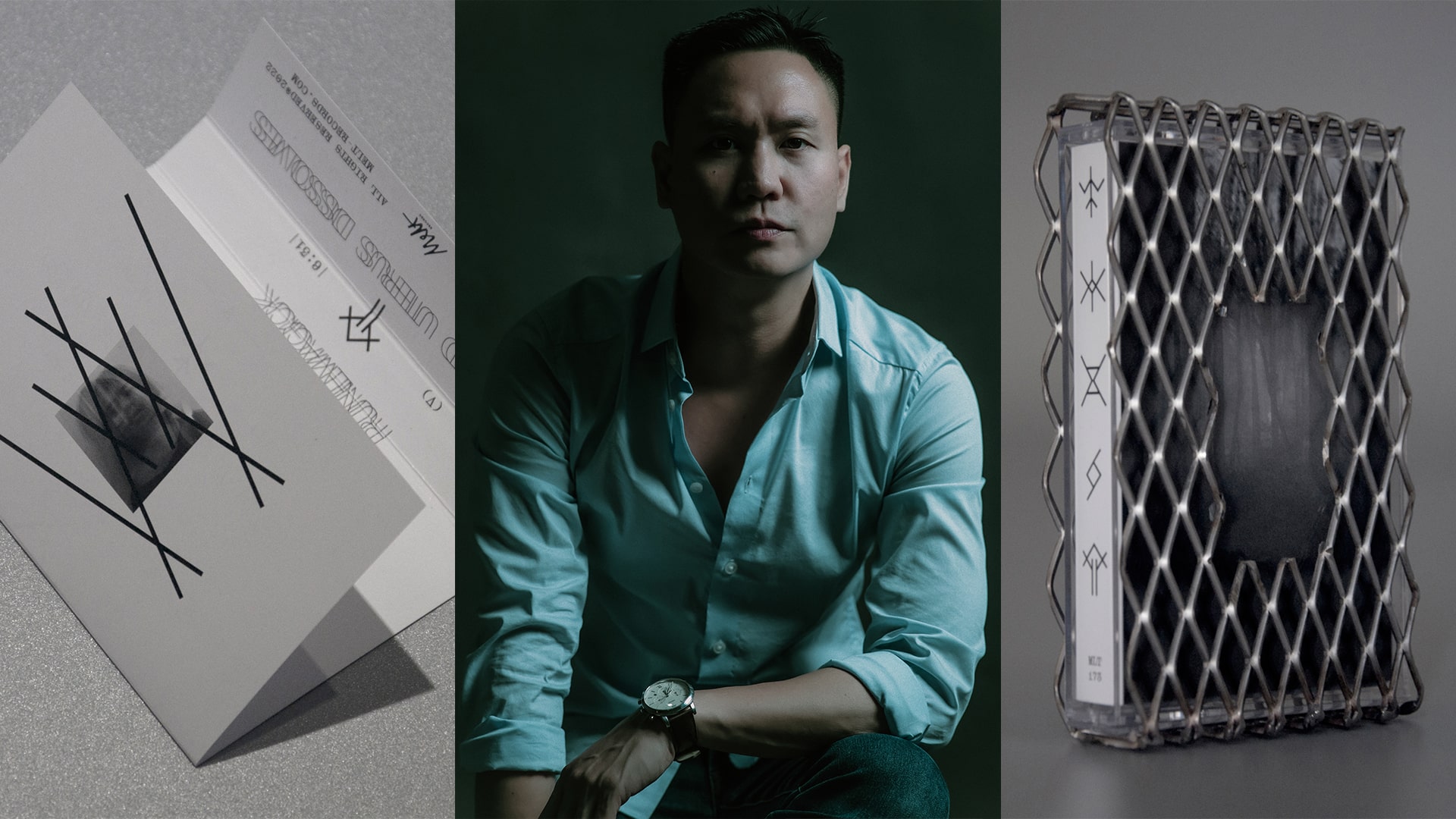
PJ Ong of Inodoro, an internationally renowned graphic designer, is the first Filipino whose work will be part of the permanent collection of Switzerland’s Museum of Avant-garde
CEBU CITY — In a groundbreaking achievement, Cebu-based graphic designer and art director PJ Ong of Inodoro Design Studio, is set to become the first Filipino artist permanently exhibited at Museum of Avant-garde (MA-g) in Mendrisio, Switzerland.

Cebu-based graphic designer and art director of Inodoro Design Studio, PJ Ong
Ong’s recognition at MA-g places him among over 250 avant-garde artists, including iconic figures like Pablo Picasso and Marcel Duchamp, signifying a profound milestone in museum history.
“Avant-garde,” is a term that refers to pushing the boundaries of artistic expression.
“I am extremely honored and humbled. It is a remarkable milestone in my creative journey, and I am grateful for the opportunity to be part of such a prominent platform. The acknowledgment, especially considering Switzerland’s exacting standards in art and design, is truly fulfilling,” said Ong.
Part of a stellar contemporary collection
Under the museum’s Contemporary Collection, Ong will join global contemporary agencies such as M/M Paris (collaborator of Icelandic singer-songwriter and composer, Björk), WORK Pte Ltd (brainchild of the “Godfather of Singapore Graphic Design,” Theseus Chan), Bedow (Stockholm), BVD Stockholm AB (Stockholm), Socio Design (London) and Milkxhake (Hong Kong), among others.
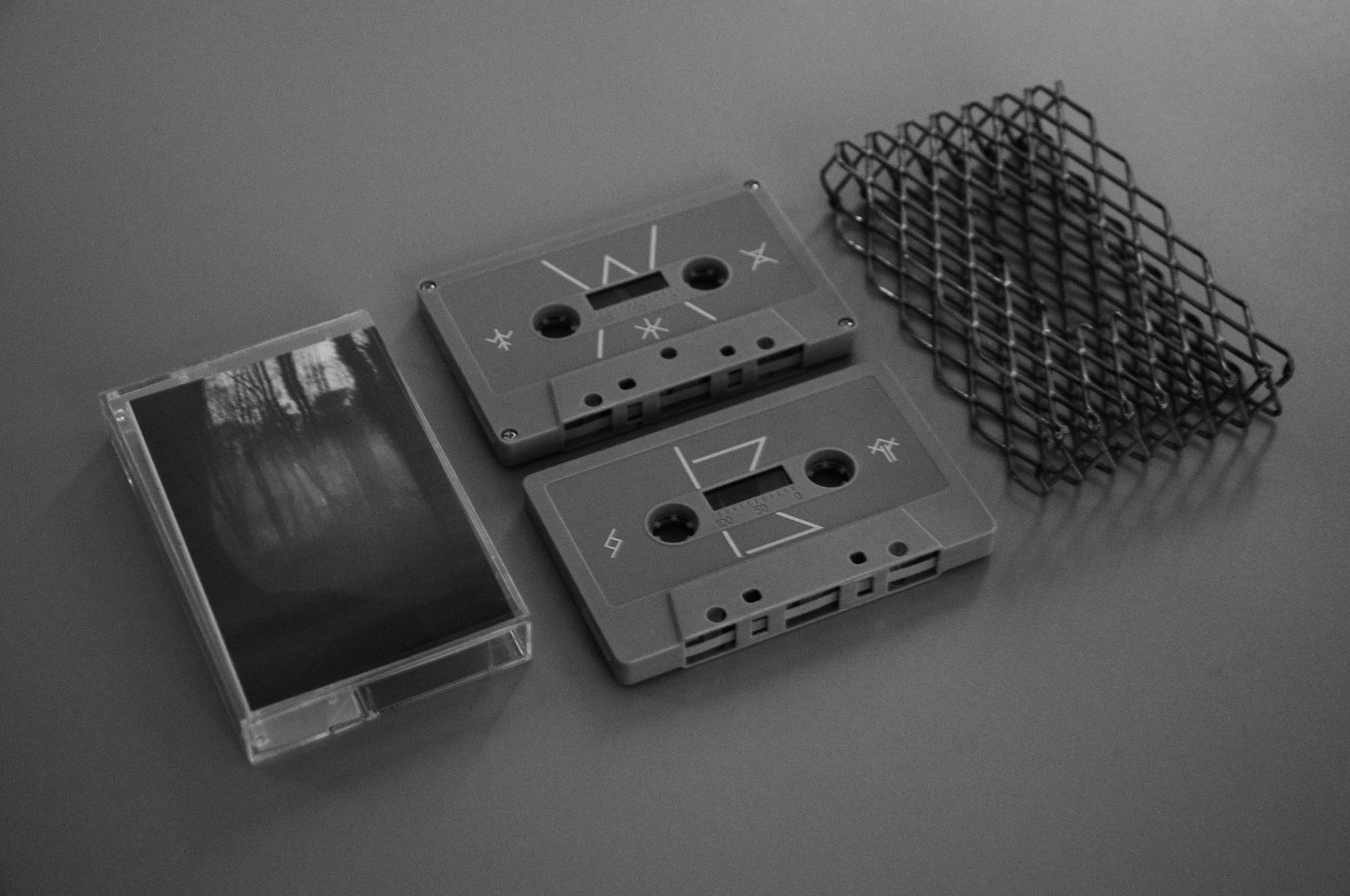
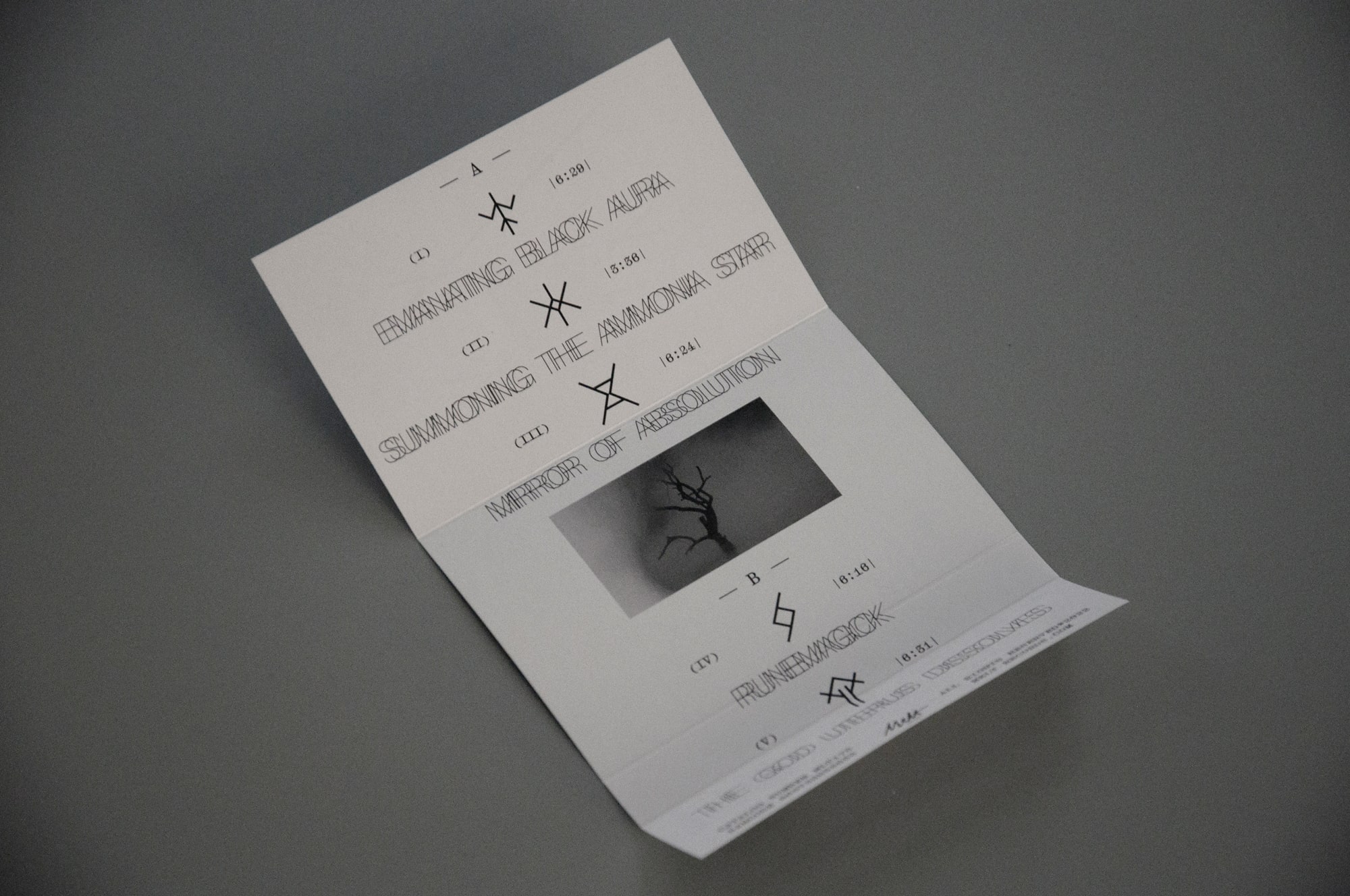
Ong’s music packaging design for the Filipino harsh noise duo, White Widow, will be featured in the museum. The band’s album “The God Uterus Dissolves” — released under Melt Records — features an unconventional cassette tape packaging incorporating a hand-crafted wire mesh, elevating it into a unique and bespoke collector’s item.
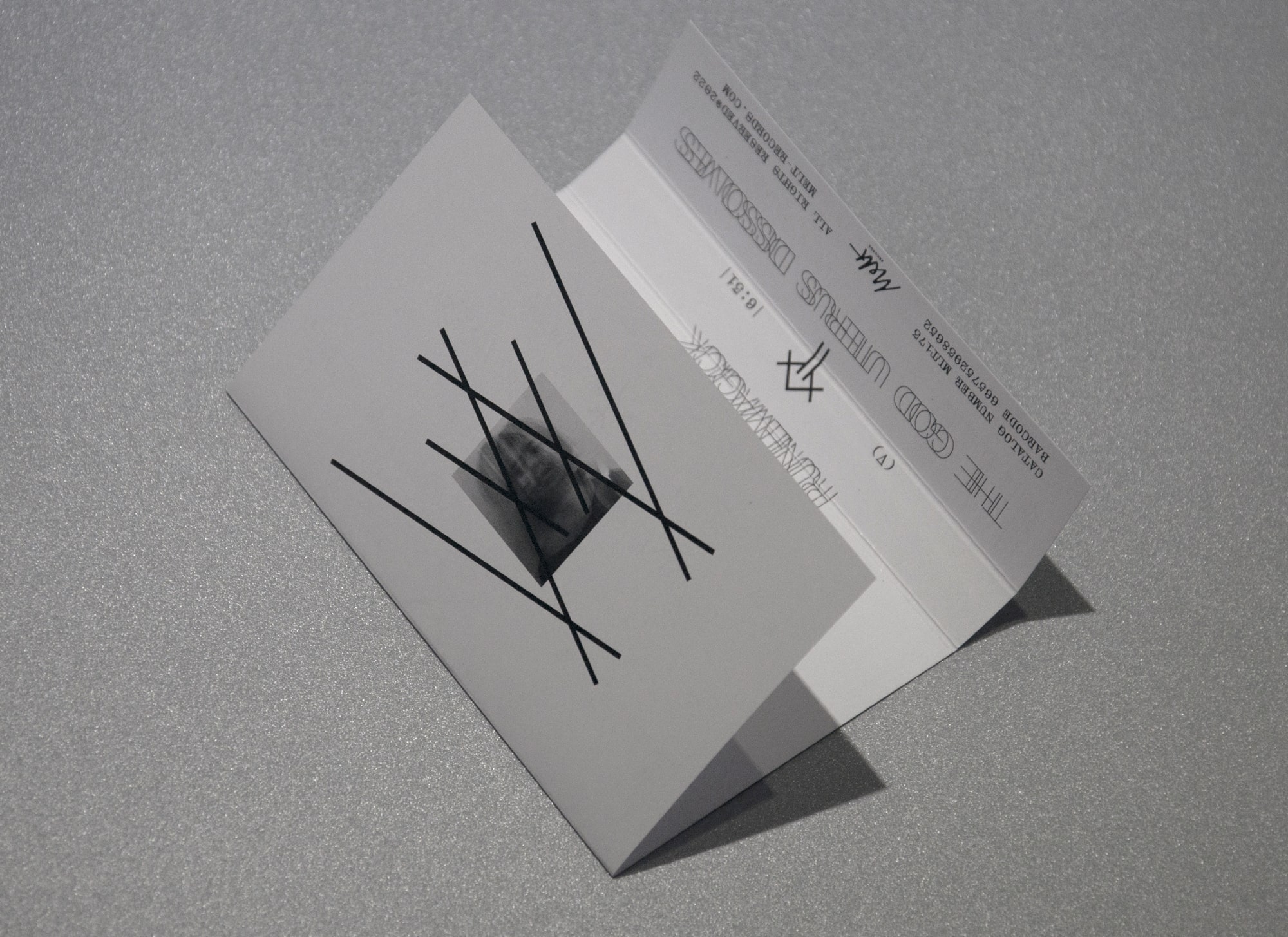
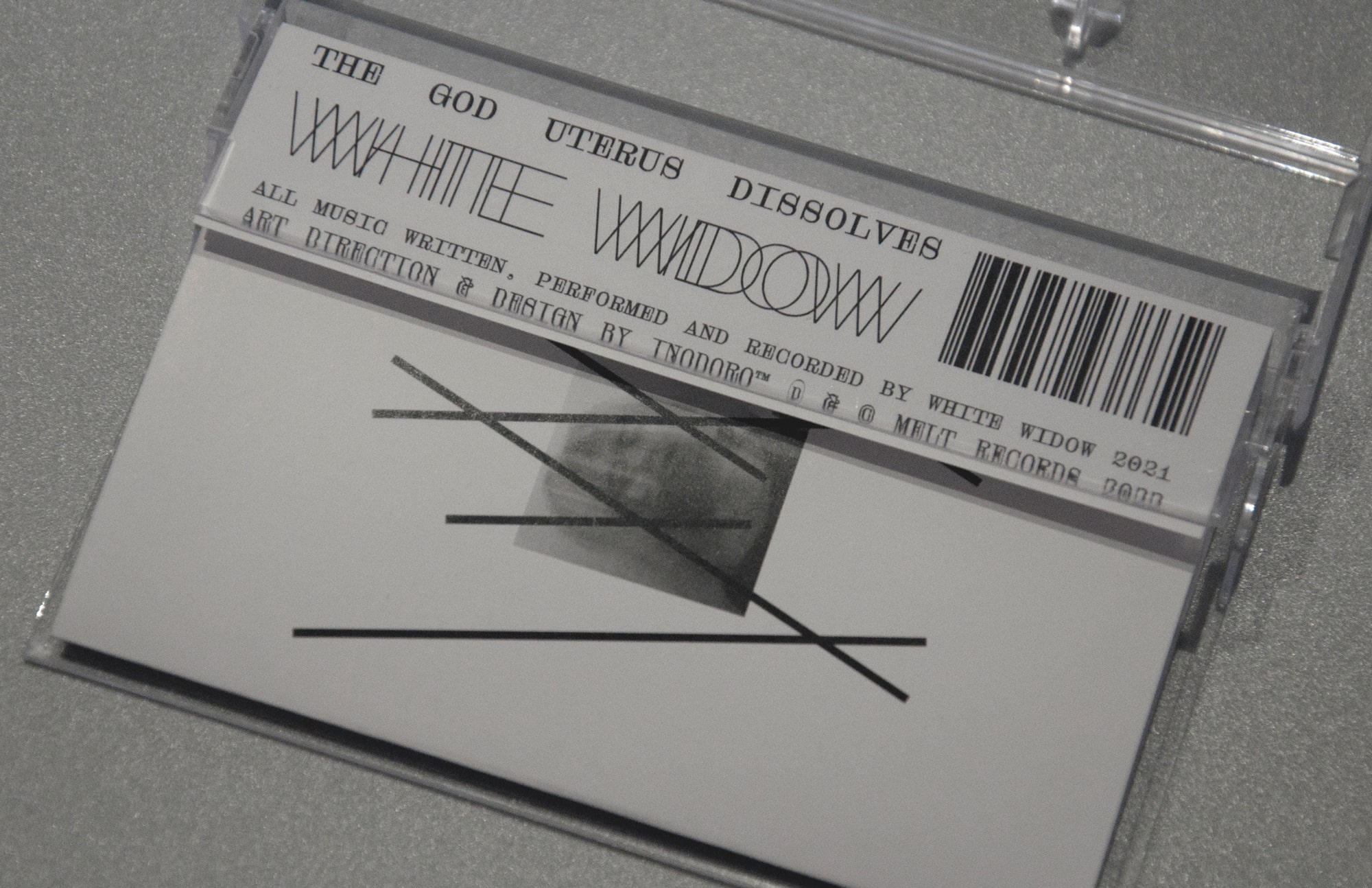
The museum’s selection process for its Contemporary Collection involved three categories: Graphic Design, Photography, and Illustration. Swiss-Canadian Fritz Gottschalk, a prominent figure in contemporary graphic design, led the Graphic Design category.
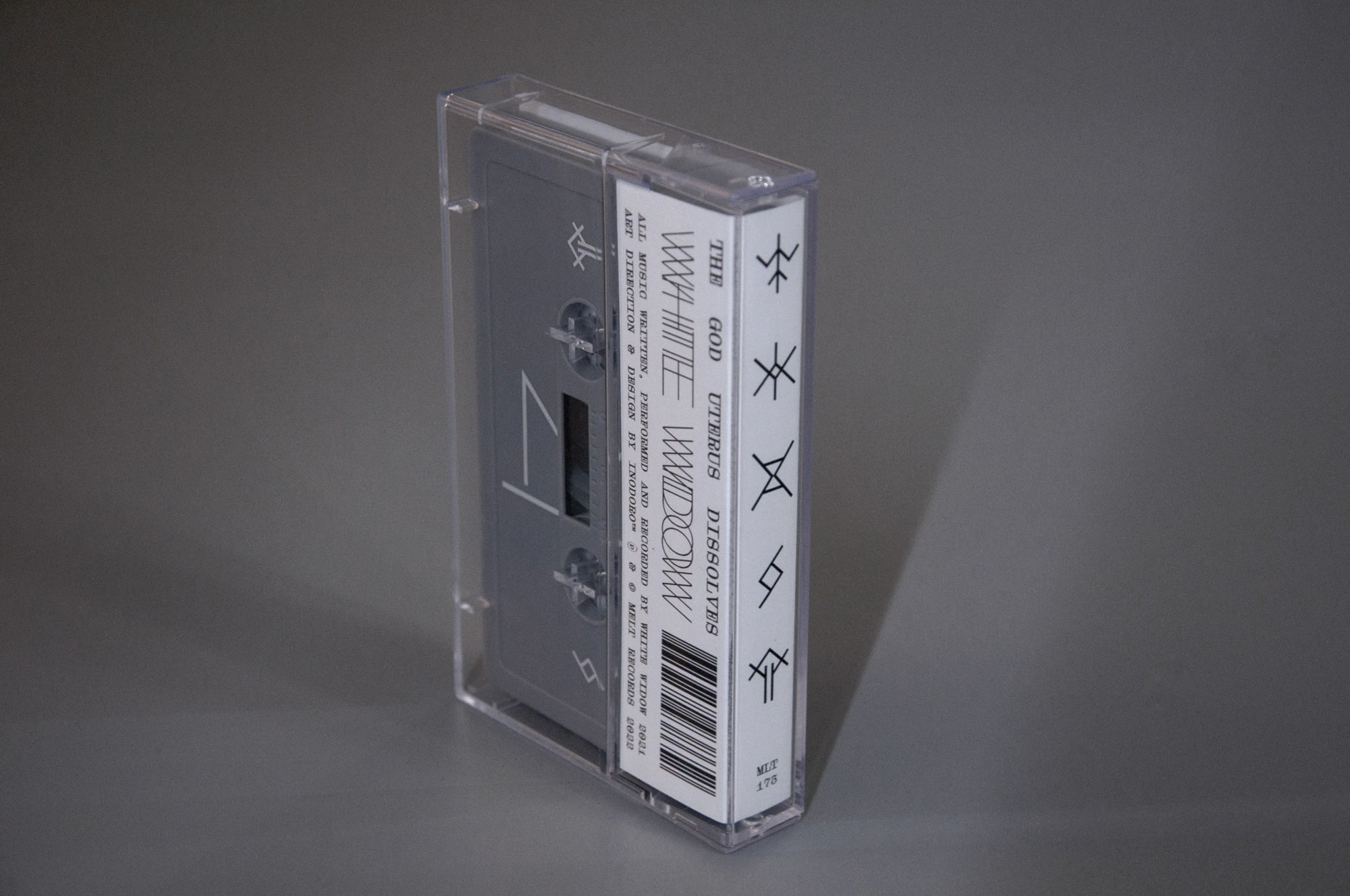
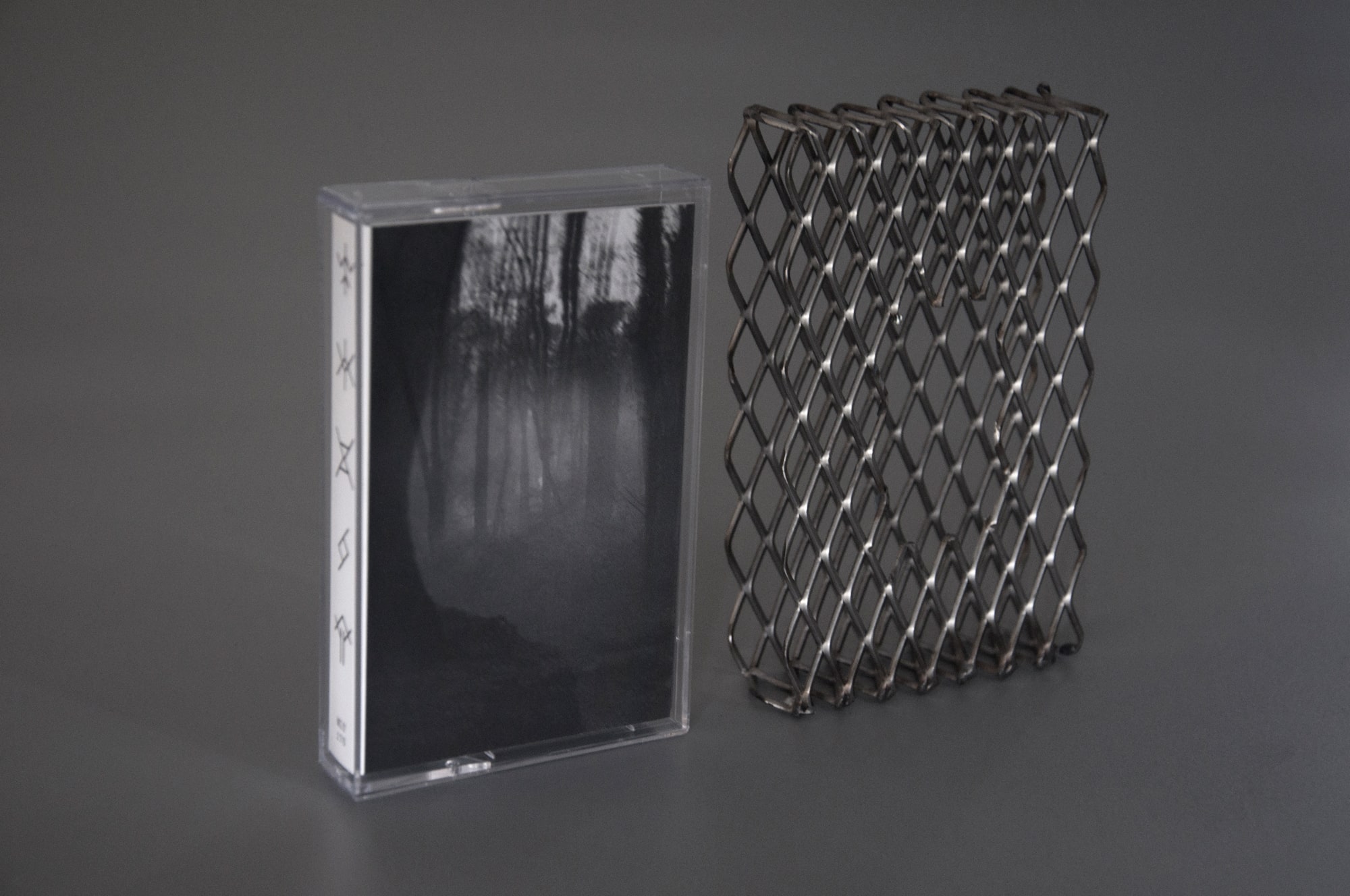
“This is profoundly validating for me as a graphic designer. Being part of a museum’s permanent contemporary collection is a lasting testament to my capabilities as an artist,” said Ong.
‘Poetry you can touch’
The graphic designer from Cebu City further defined the album as a “deliberate departure from the ordinary,” stating that it was a testament to the artist’s and band’s dedication to pushing boundaries and offering the audience a unique and immersive experience.
“Careful consideration was given to every detail, including choosing a premium supplier for the cassette tape. Opting for a screen-printed cassette, where design elements were applied directly to the surface, gave it a contemporary and visually striking result, helping us reinforce the design narrative,” said Ong.
“From the cohesive placement of elements to using symbols instead of track titles on the spine and customizing fonts, every aspect was carefully thought out. Rather than opting for the conventional wire mesh treatment on print, I took a bold step by incorporating a hand-crafted wire mesh, adding a unique and sensory dimension to the album — almost like poetry you can touch.”
Profound honor
Established in 2003, Inodoro Design Studio under Ong’s leadership has garnered global acclaim for its bold design philosophy, spanning music, fashion, architecture, culture and technology. In becoming the first Filipino whose work will be on display at the MA-g, Ong stated that it is “particularly humbling.”
“Traditionally, these privileges are given to individuals who have amassed decades of experience, attained mastery in their craft, or even as a posthumous acknowledgment. To be among those selected is a profound and unexpected honor,” he said.
“Museums typically focus on visual artists, and for a graphic designer, especially within the realm of commercial work, recognition can be more elusive. I appreciate the challenges of this less conventional route and I am committed to proving the significance of graphic design in the broader artistic landscape.”
Art enthusiasts can anticipate viewing Ong’s work with “The God Uterus Dissolves” at MA-g, scheduled to open to the general public in 2025.
***
About The Museum of Avant-garde (MA-g)
The Museum of Avant-garde compiles an original body of work from private collections, providing a unique perspective on the cultural and artistic significance of avant-garde movements. These movements, synonymous with transformative ideologies and daring experimentations, played a pivotal role in challenging political and societal conventions. For more information, visit www.ma-g.org.
About Inodoro
Inodoro is the creative moniker of graphic designer and art director PJ Ong, a prominent figure in the Philippine design scene. Established in 2003, Inodoro Design Studio, based in Cebu, Philippines, has garnered international recognition for its bold and distinctive design, with a focus on thought-driven imagery and iconic visual language. The studio specializes in identities, custom typography, graphic design and art direction. For more information, visit www.inodoro-design.com.
People
Ladies Who Support Ladies

Women’s Circle is an organization composed of Cebuano ladies who are successful entrepreneurs and top executives. They recently held a fellowship event at the Sheraton Mactan Resort, with special guests from the Women’s Business Council Philippines. Chairperson, Rosemarie Rafael and Council Secretary Cynthia Mamon both flew in from Manila to discuss alliances between the Cebu and Manila groups.
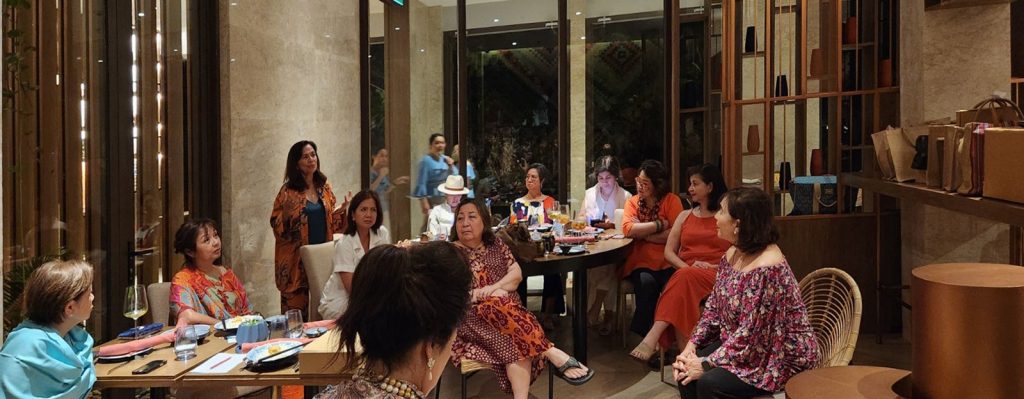
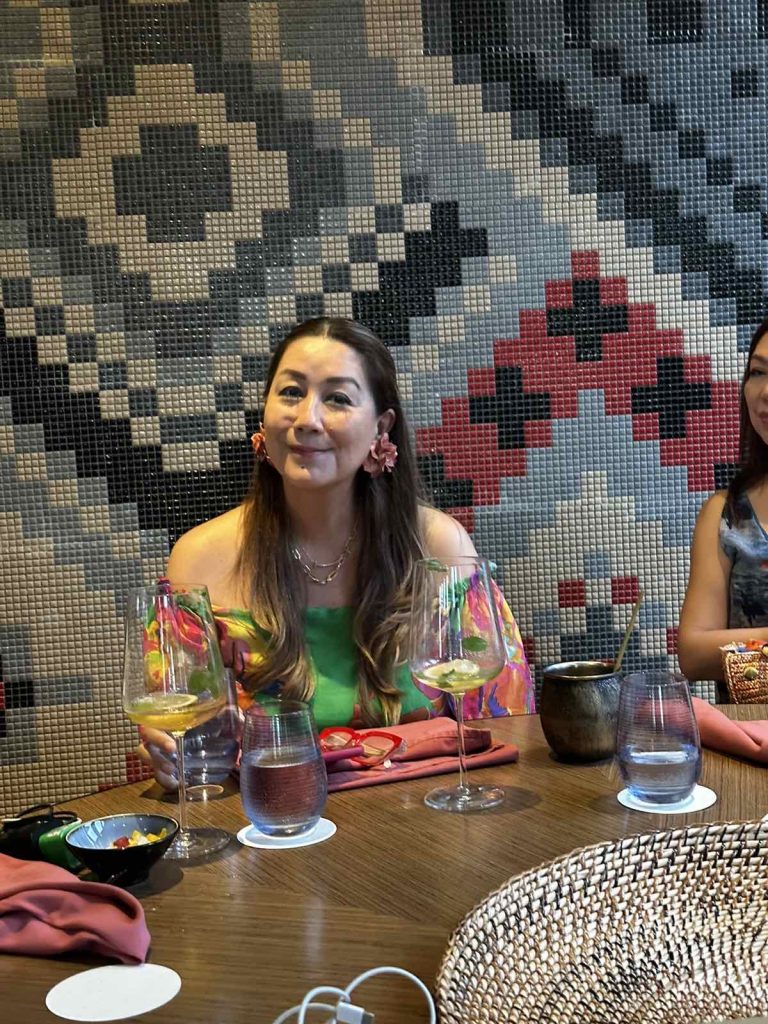
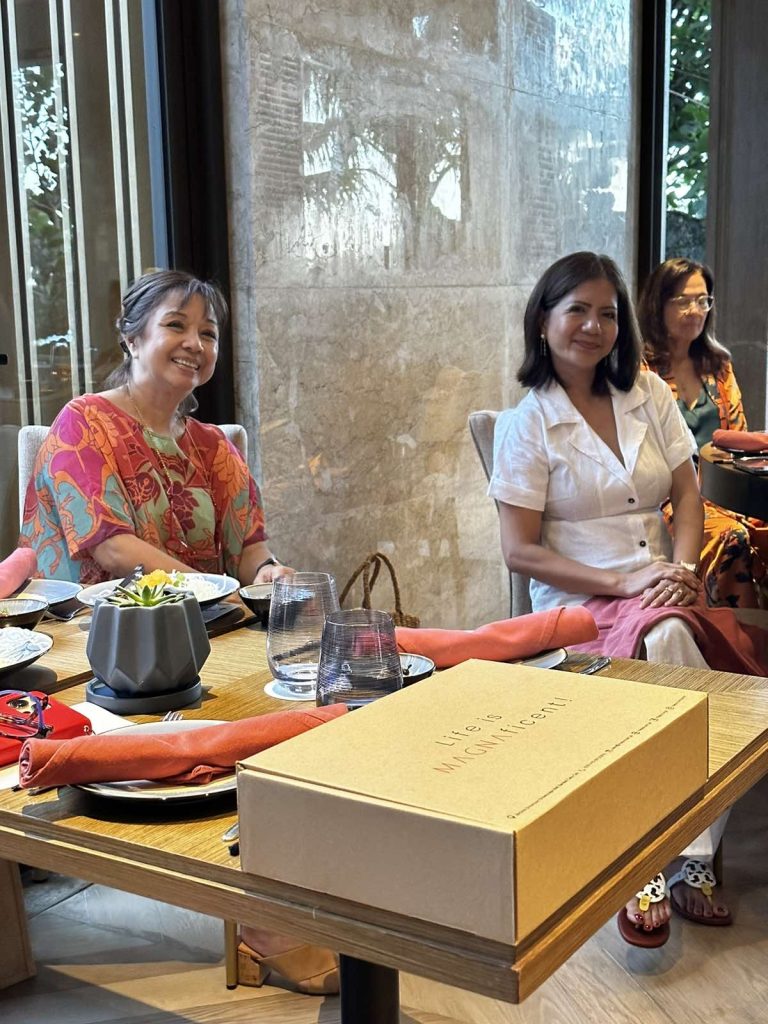
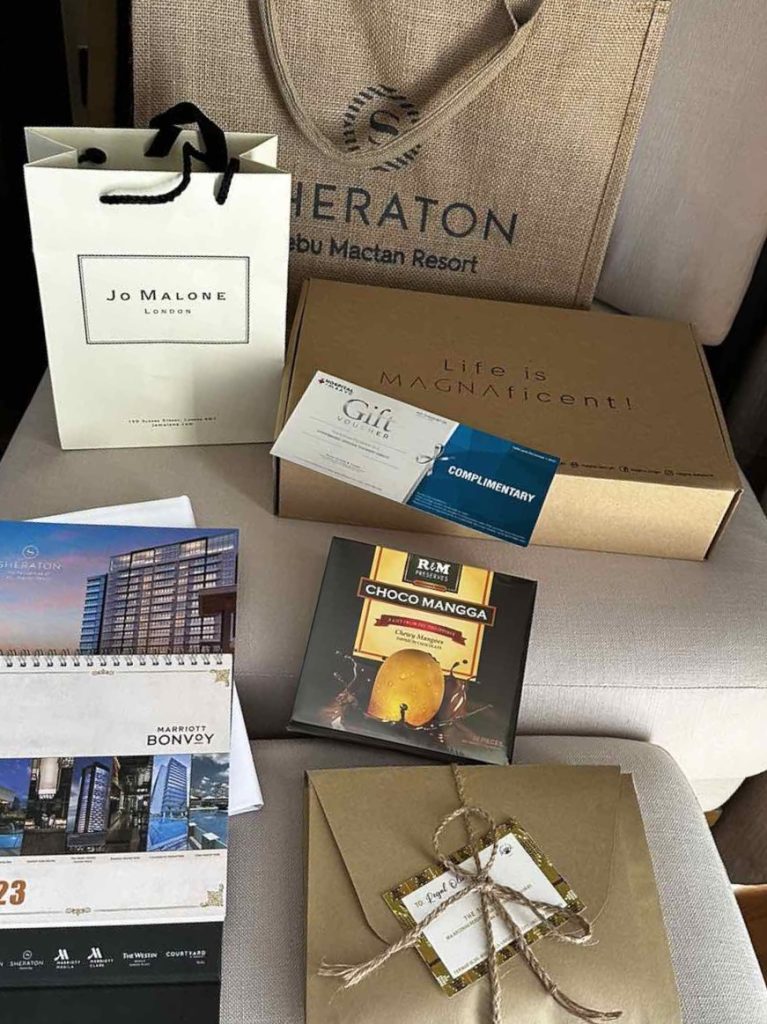
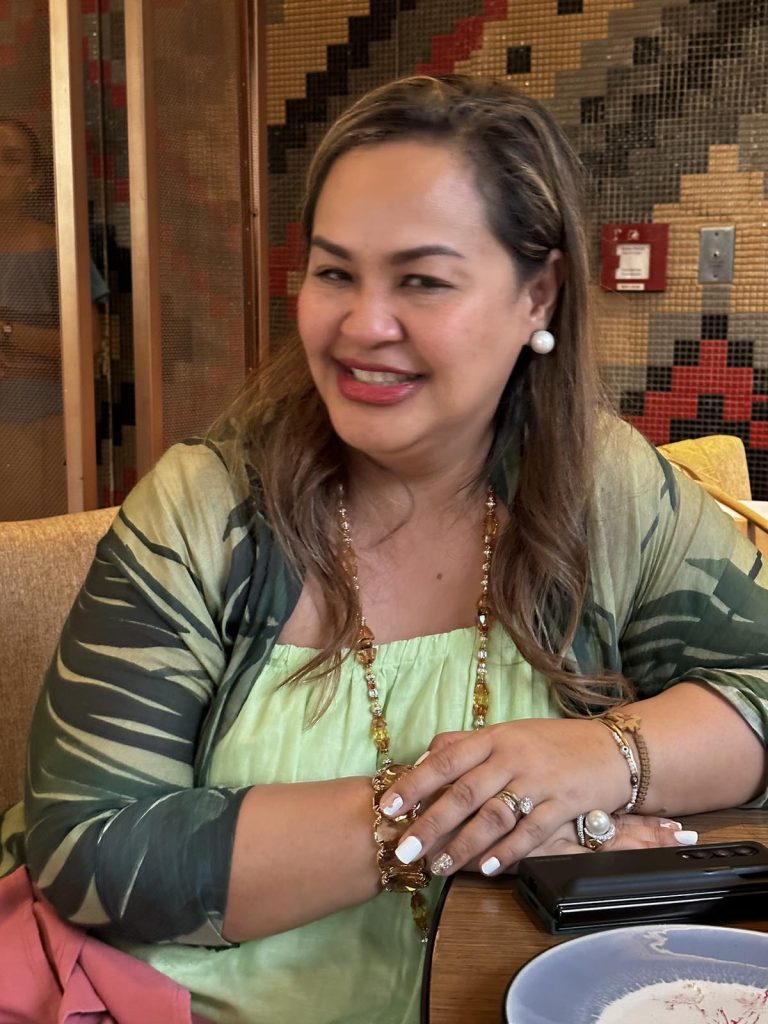
The half day event was organized by Perl Jacalan, Gina Atienza and Eva Gullas. Sheraton Resort through its GM Dottie Wugler Cronin supported the event as it is aligned with the hotel’s women initiatives. The successful event was made more fun with generous give-aways, notably Jo Malone perfumes, Sheraton bags, R&M Chocomanga and sarongs from Ferimar.
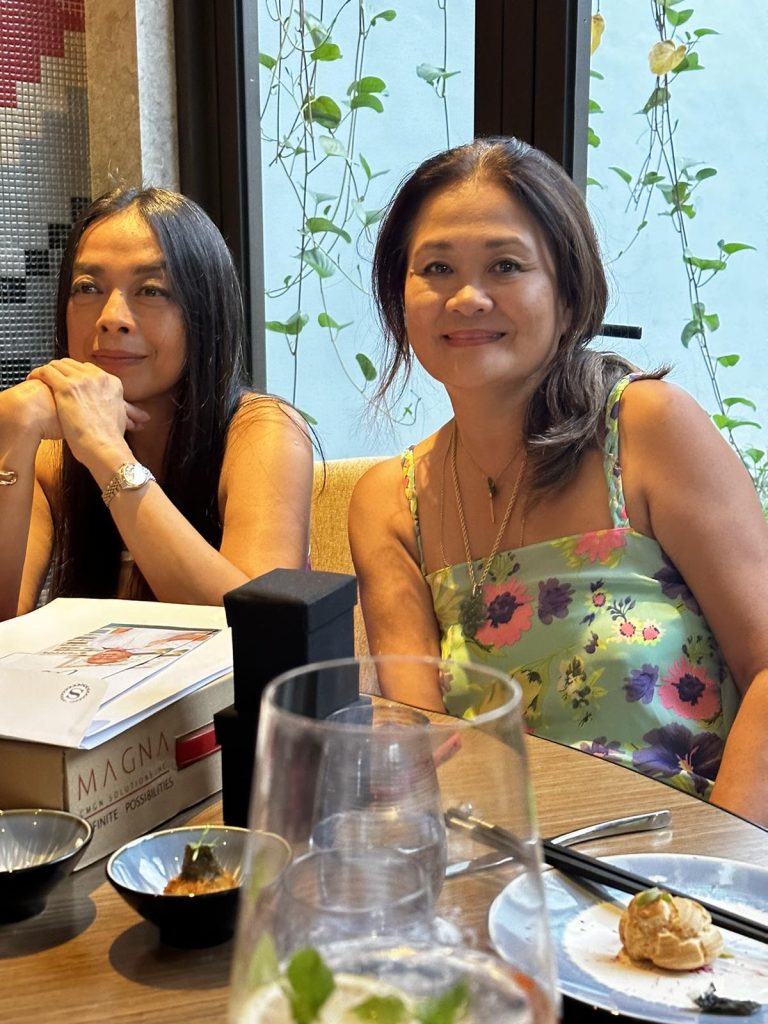
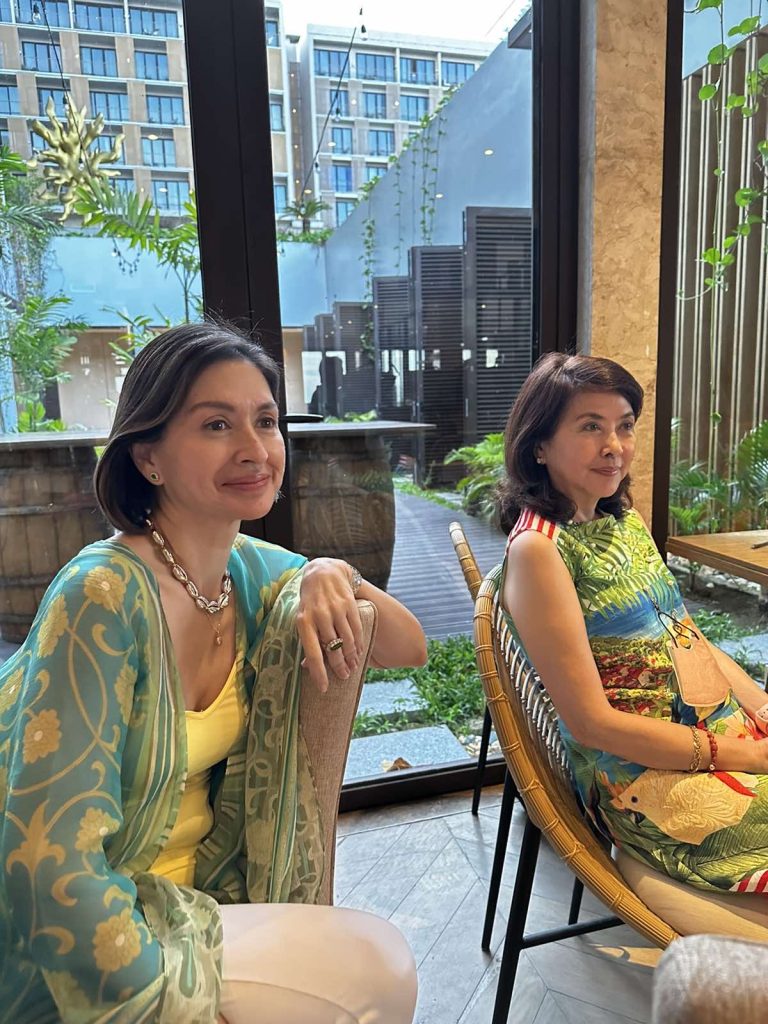
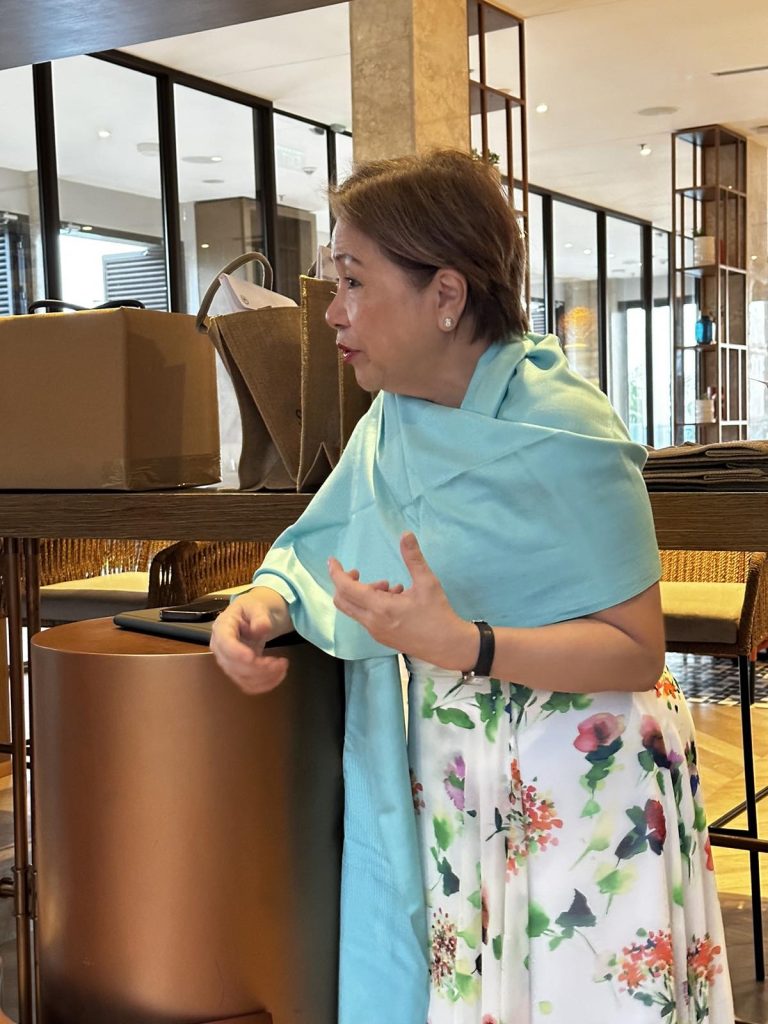
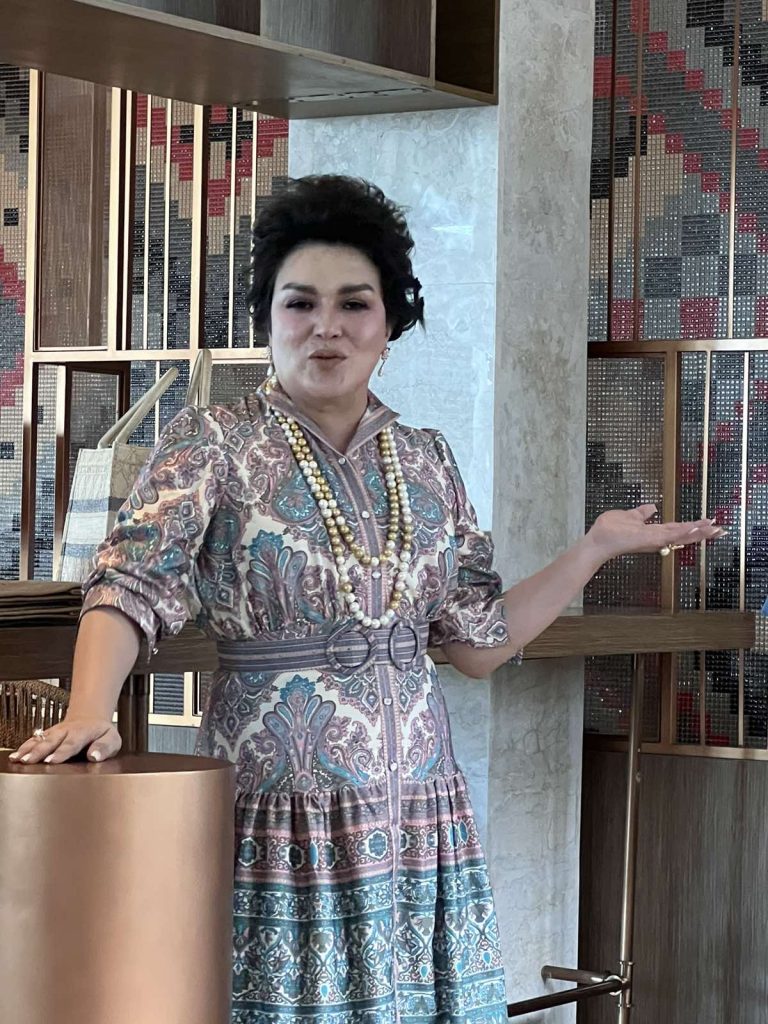

-
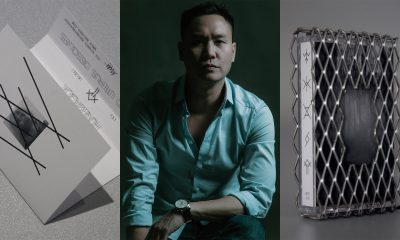
 Design3 months ago
Design3 months agoFilipino graphic designer makes history, joins Switzerland’s Museum of Avant-garde among genre’s greats
-
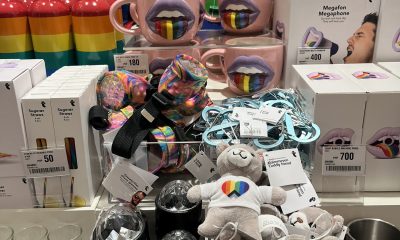
 Events4 weeks ago
Events4 weeks agoFlying Tiger Copenhagen Lands in Cebu
-
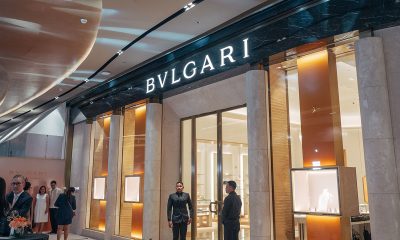
 Events2 months ago
Events2 months agoBVLGARI in Cebu
-

 Events2 months ago
Events2 months agoTrade in Your Old Watch and Save Big on a New Timepiece at The Watch Store
-

 Design3 months ago
Design3 months agoPottery Barn and West Elm Launches Designer’s Rewards Circle in Cebu
-
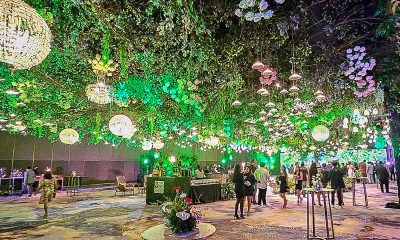
 Eats2 months ago
Eats2 months agoA Moving Feast: Cebu Food and Wine Festival 2024 Opens in NUSTAR Resort
-
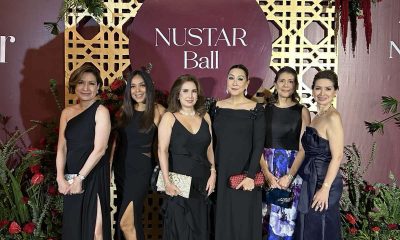
 Events3 weeks ago
Events3 weeks agoThe First NUSTAR BALL
-
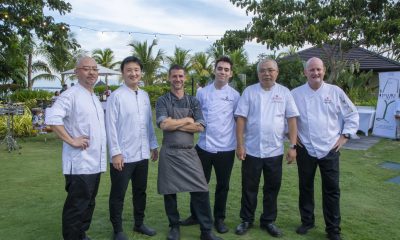
 Events2 weeks ago
Events2 weeks agoA Feast for the Senses









You must be logged in to post a comment Login